SwitchYard = SOA + Future
JUDCon2013
Created by Luan Cestari / G+/ Facebook/ @BR_LuanCestari
http://bit.ly/124mbpZ
Who is the presenter?
Luan = algorithms + entrepreneur + computer nerd/geek + open source

Who are you?
Are you a boy or a girl?

Agenda
- History
- SOA
- Switchyard
- Examples
Key points
- SOA
History
A long time ago in a galaxy far, far away....
Without SOA
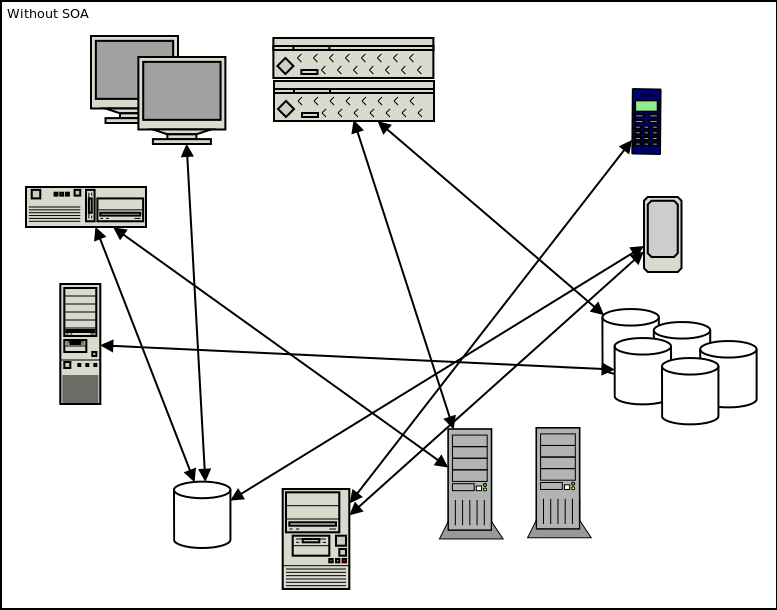
With SOA
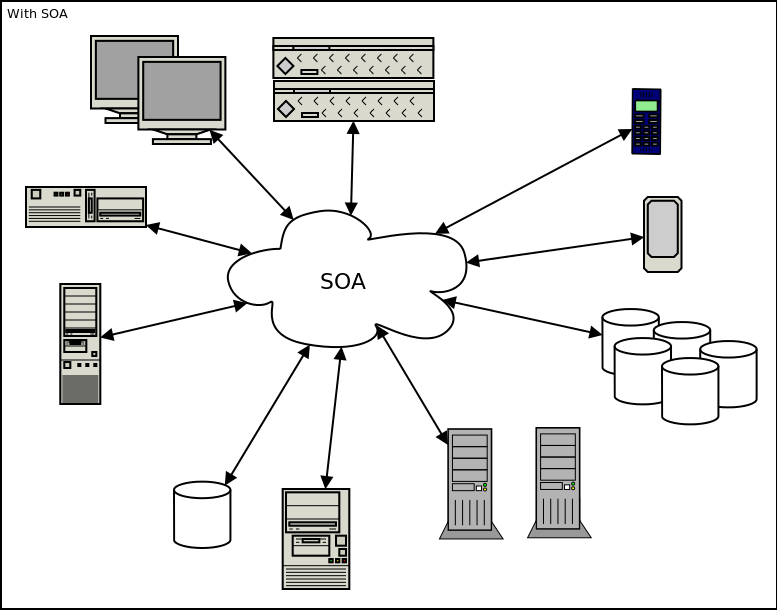
SOA
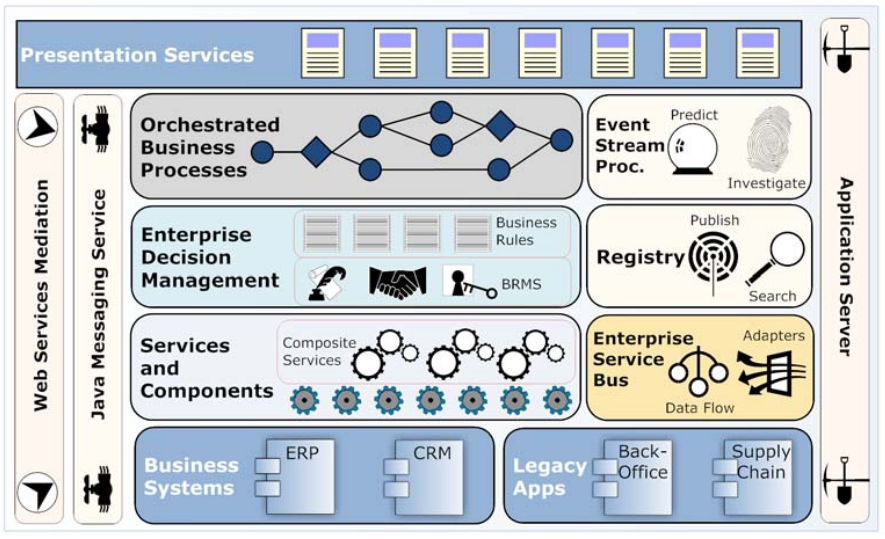
SOA Overview
Service Contract
Transparency and loose couple
Registry
BPM
Enterprise Decision Management
...
SOA Maturity
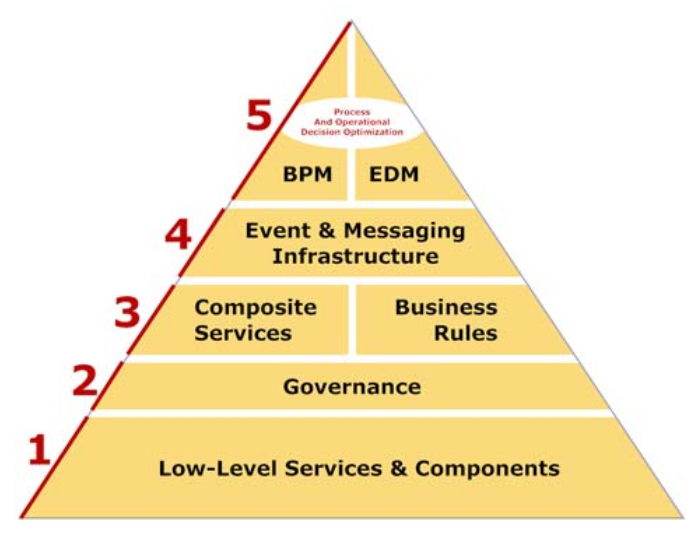
SOA
Organization for the Advancement of Structured Information Standards (OASIS)
- Service Data Objects (SDO)
- Service Component Architecture (SCA)
SOA
SCA
- Loose Coupling
- Flexibility
- Services Syn and Async
- Composition of solutions
- Productivity
- Heterogeneity
- Declarative
- Simplification
What is Switchyard?
- JBoss next generation Enterprise Service Bus (ESB)
- The successor of the JBoss ESB project
- Focus on consistent, intuitive user experience
- Leverage standards and complimentary technologies
Project History
- First Milestone was released at February 2011
- Latest one is 0.8.0.Final) was released at 24 Mar, 2013
Service Oriented Integration
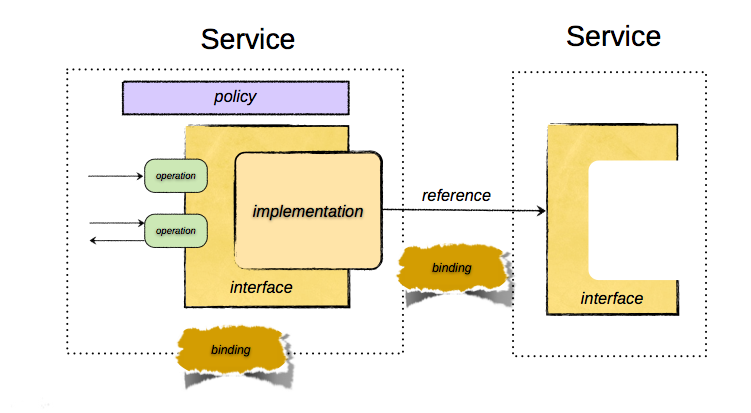
What is in SwitchYard
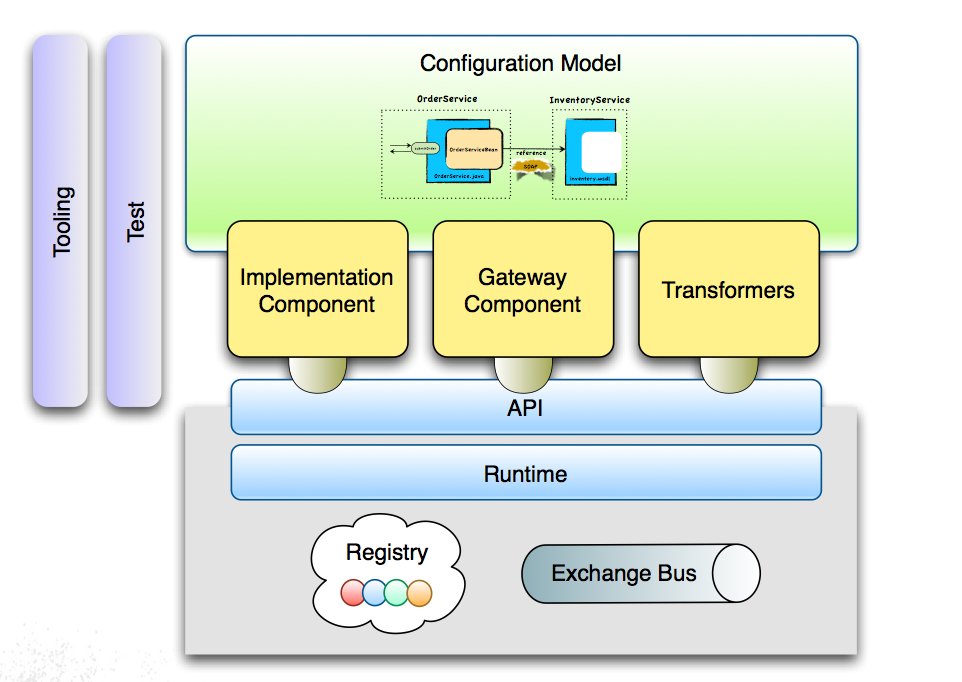
Configuration Model
- Every switchyard application needs it, it is named switchyard.xml in the META-INF folder
- It defines the service implementations, gateways, transformations etc.
- The elements in switchyard.xml conform to Service Component Architecture (SCA) Assembly Model Specfication
Implementation Component
- Bean Service: based on Weld Project
- Camel Service: based on Apache Camel Project
- BPM Service: based on jBPM5 Project
- Rules Service: based on Drools Project
- BPEL Service: based on RiftSaw Project
Gateway Component
- SOAP Binding
- RESTEasy Binding
- Camel Bindings
- file,ftp,ftps,amqp,atom,generic,jms
- jpa,mail,mock,netty,quartz,seda
- sftp,sql,timer,direct
- HortnetQ Binding
- JCA Binding
- HTTP Binding
Transformers
- Java Transformer
- Smooks Transformer
- JSON Transformer
- XSLT Transformer
- JAXB Transformer
SwitchYard In Action
public interface HelloService {
String sayHello(String name);
}
@Service(HelloService.class)
public class HelloServiceBean implements HelloService {
@Override
public String sayHello(String name) {
System.out.println("Recieved name is: " + name);
return "Hello " + name;
}
}
SwitchYard in Action (2)
@RunWith(SwitchYardRunner.class)
@SwitchYardTestCaseConfig(mixins = CDIMixIn.class, config = SwitchYardTestCaseConfig.SWITCHYARD_XML)
public class HelloServiceTest {
@ServiceOperation("HelloService")
private Invoker service;
@Test
public void testSayHello() throws Exception {
String message = "JUDCon 2013 Brazil";
String result = service.operation("sayHello").sendInOut(message).getContent(String.class);
Assert.assertTrue("the result is: " + result, ("Hello " + message).equals(result));
}
}
SwitchYard In Action(3)
public final class HelloServiceTransformer {
@Transformer(to = "{urn:com.example.switchyard:judcon-brazil:0.0.1-SNAPSHOT}sayHelloResponse")
public Element transformStringToSayHelloResponse(String from) {
StringBuffer sbuffer = new StringBuffer();
sbuffer.append("<sayHelloResponse xmlns=\"urn:com.example.switchyard:judcon-brazil:0.0.1-SNAPSHOT\">")
.append("<string>" + from + "</string>").append("</sayHelloResponse>");
return toElement(sbuffer.toString());
}
@Transformer(from = "{urn:com.example.switchyard:judcon-brazil:0.0.1-SNAPSHOT}sayHello")
public String transformSayHelloToString(Element from) {
return new String(getElementValue(from, "urn:string"));
}
}
SwitchYard In Action(4)
<sca:composite name="judcon-brazil" targetNamespace="urn:com.example.switchyard:judcon-china:0.0.1-SNAPSHOT">
<sca:component name="HelloServiceBean">
<bean:implementation.bean class="com.example.switchyard.judcon_brazil.HelloServiceBean"/>
<sca:service name="HelloService">
<sca:interface.java interface="com.example.switchyard.judcon_brazil.HelloService"/>
</sca:service>
</sca:component>
<sca:service name="HelloServicePortType" promote="HelloServiceBean/HelloService">
<sca:interface.wsdl interface="HelloService.wsdl#wsdl.porttype(HelloServicePortType)"/>
<soap:binding.soap>
<soap:contextMapper/>
<soap:wsdl>HelloService.wsdl</soap:wsdl>
<soap:wsdlPort>HelloServicePort</soap:wsdlPort>
<soap:contextPath>judcon-brazil</soap:contextPath>
</soap:binding.soap>
</sca:service>
</sca:composite>
SwitchYard In Action(5)
@RunWith(SwitchYardRunner.class)
@SwitchYardTestCaseConfig(
config = SwitchYardTestCaseConfig.SWITCHYARD_XML,
scanners = {BeanSwitchYardScanner.class, TransformSwitchYardScanner.class},
mixins = {CDIMixIn.class, HTTPMixIn.class})
public class HelloServiceSoapTest {
private HTTPMixIn httpMixIn;
@Test
public void testHelloService() throws Exception {
httpMixIn.postResourceAndTestXML("http://localhost:8080/judcon-brazil/HelloService", "/soap-request.xml", "/soap-response.xml");
}
}
SwitchYard In Action(6)

What is next?
- How can I use BPM service?
- How can I use the file binding?
- How can I use the camel service?
- How can I use the BPEL service with JMS?
Check out the quickstarts, it should give you answers to all of above, and much more!
Building a component in SwitchYard
Project Repository
Hosted at the Github witht his structure:
- parents (manages all dependencies and versions)
- core
- components
- quickstarts
- release
- tools
- console
- switchyard-openshift
Outline of creating a component
- Defining an xsd (configuration) for your component
- Implementing the Component and register it in SwitchYard
- Implementing the Activator for the deployment
- Implementing the serviceHandler (specifically, ExchangeHandler) for the message invocation
Component Registration
- Implements the org.switchyard.deploy.Component interface (You should extend the BaseComponent)
- Put your component full qualified name in the META-INF/services/org.switchyard.deploy.Component file.
public interface Component {
Activator createActivator(ServiceDomain domain);
String getName();
void init(Configuration config);
void destroy();
......
}
Creating your Activator
- Implements the org.switchyard.deploy.Activator interface (you should extend the BaseActivator)
- Implements methods accordingly, like implementing the Bindings or Service component
public interface Activator {
ServiceHandler activateBinding(QName name, BindingModel config);
void deactivateBinding(QName name, ServiceHandler handler);
ServiceHandler activateService(QName name, ComponentModel config);
void deactivateService(QName name, ServiceHandler handler);
......
}
Creating your Service Handler
/**
* The role of a Handler is to handle messages and fault events during the
* course of a service invocation...
*/
public interface ExchangeHandler {
void handleMessage(Exchange exchange) throws HandlerException;
void handleFault(Exchange exchange);
}
/**
* Lifecycle-aware version of ExchangeHandler. The deployer will invoke
* start() and stop() in accordance with the deployment's lifecycle.
*/
public interface ServiceHandler extends ExchangeHandler {
void start();
void stop();
}
Your Component Model/Configuration
<sca:component name="SayHelloService">
<bpel:implementation.bpel process="sh:SayHello" />
......
<schema targetNamespace="http://docs.oasis-open.org/ns/opencsa/sca/200903"
xmlns:sca="http://docs.oasis-open.org/ns/opencsa/sca/200912"
xmlns:xsd="http://www.w3.org/2001/XMLSchema"
xmlns="http://www.w3.org/2001/XMLSchema"
elementFormDefault="qualified">
<!-- SCA-Assembly XML Schema -->
<import namespace="http://docs.oasis-open.org/ns/opencsa/sca/200912"/>
<!-- SCA-BPEL Component Implementation Type -->
<element name="implementation.bpel" type="sca:BPELImplementation" substitutionGroup="sca:implementation" />
....
</schema>
Your Component Model/Configuration (2)
public interface BPELComponentImplementationModel extends ComponentImplementationModel {
.....
}
public class V1BPELComponentImplementationModel extends V1ComponentImplementationModel implements... {
......
}
Your Component Model/Configuration (3)
public class V1BPELMarshaller extends V1CompositeMarshaller {
/**
* Reads in the Configuration, looking for "implementation.bpel".
* If not found, it falls back to the super class (V1CompositeMarshaller).
*/
@Override
public Model read(Configuration config) {
String name = config.getName();
if (IMPLEMENTATION_BPEL.equals(name)) {
return new V1BPELComponentImplementationModel(config, getDescriptor());
}
return super.read(config);
}
}
Your Component Model/Configuration (4)
- Creating the descriptor.properties with content like following in org.switchyard.config.model path
bpel1.namespace=http://docs.oasis-open.org/ns/opencsa/sca/200903
bpel1.schema=bpel-v1.xsd
bpel1.location=/org/switchyard/component/bpel/config/model/v1/
bpel1.marshaller=org.switchyard.component.bpel.config.model.v1.V1BPELMarshaller
Project information
- Website: http://www.jboss.org/switchyard
- User forum: https://community.jboss.org/en/switchyard
- IRC: #switchyard in freenode
